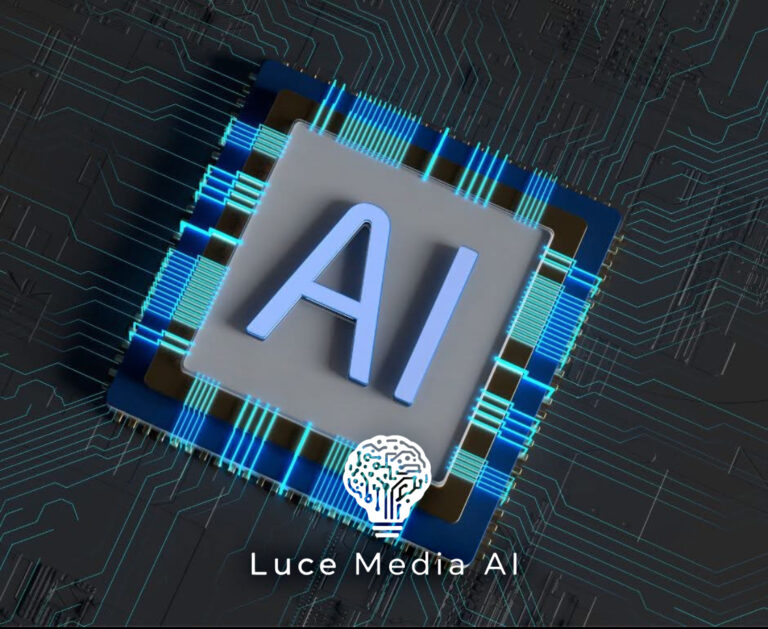Predictive AI for Print Manufacturers:Transforming Maintenance Into Sales Power
Commercial print buyers prioritize two things above all: speed and reliability. Yet most print shops hesitate to confidently promise either, because they don’t fully control uptime. Presses break. Bindery lines stall. Maintenance is reactive. Jobs miss deadlines. And when that happens, it’s not just an operational issue—it’s a lost client. The solution? Predictive AI for print manufacturers. It doesn’t just keep machines online—it arms sales teams with a new, powerful story to tell.
TL;DR
Predictive AI isn’t just about keeping print machines running—it gives print manufacturers a
powerful sales edge. By reducing downtime, it enables faster turnarounds, stronger SLA
promises, and builds credibility with high-value clients. Predictive maintenance shifts
maintenance from a cost center into a revenue-generating differentiator.
By predicting failures before they occur, predictive AI enables a promise no printer could make
before: guaranteed reliability. That translates into faster SLAs, stronger trust, and the ability to
attract premium buyers who value precision over price.

Why Downtime is a Sales Problem for Print Manufacturers
Every time your press goes down, you lose more than production hours. You lose revenue, trust, and possibly long-term clients.
In a deadline-driven industry, downtime = missed deadlines = lost contracts.
According to Deloitte, predictive AI can reduce unplanned downtime by up to 50%. That’s not just a maintenance metric—it’s a sales weapon.
Your buyers don’t want excuses. They want assurance. Predictive AI lets you deliver it.
Predictive AI for Faster Turnaround & SLA Guarantees
Turnaround time sells. Political campaigns, major retailers, and financial institutions rely on print materials arriving exactly on time. If your machines are unpredictable, you can’t confidently promise that.
With predictive AI, your pressroom becomes a precision engine:
- Fewer breakdowns
- Fewer rush reprints
- More control over delivery timelines
McKinsey reports that predictive AI is linked to:
- 20% increase in labor productivity
- Shorter make-ready times
- Improved equipment throughput
This lets your sales team confidently say:
“We guarantee your retail inserts hit homes before the weekend rush—because we know our uptime, not just hope for it.”
That confidence supports premium pricing power.

Reliability with Predictive AI Attracts High-Value Print Clients
Big buyers don’t take risks. Banks, healthcare companies, and Fortune 500 retailers can’t afford late mailings or delivery errors. They demand certainty.
Predictive AI provides that proof:
- Xerox: 15% downtime reduction with AI-enabled maintenance.
- HP: 30% reduction in maintenance costs by predicting part failures.
When you can prove reliability, you don’t have to compete on price—you compete on risk elimination. “We invest in AI to protect your deadlines.” That’s not just technical—it’s a sales strategy.
From Maintenance Cost Center to Predictive AI Sales Differentiator
Most shops see maintenance as a cost. But with predictive AI, it becomes a sales differentiator.
PwC research shows predictive maintenance delivers up to 10x ROI. That means AI isn’t just cutting unplanned costs—it’s actively helping win new business.
Sales messaging opportunity:
“Our competitors react when machines fail. We prevent failure—and guarantee your job won’t be caught in downtime.”
Turning Predictability Into a Marketing Message
Want predictive AI to power your sales story? Show the numbers.
3 ways to turn reliability into revenue:
- Case Studies – Highlight uptime metrics and delivery accuracy.
- SLAs – Include predictive uptime as a line item in agreements.
- Sustainability – Fewer reprints = less waste. Position predictive AI as green innovation.
Ideas to reinforce credibility:
- Infographics showing year-over-year uptime gains
- “Uptime guarantee” seals on quotes
- RFP templates showcasing predictive capabilities
These aren’t tech bragging points—they’re client-facing proof that you’re ahead of the competition.
Overcoming the “Too Technical” Objection
Some executives hear “predictive AI” and dismiss it as jargon.
Flip the script:
“Predictive AI doesn’t replace your operator—it replaces uncertainty in your sales pipeline.”
Keep it simple. Predictive AI isn’t about sensors and software. It’s about promises kept and clients won.

Conclusion
Predictive AI isn’t just a behind-the-scenes tool. It’s a front-line driver of sales growth.
Print manufacturers who adopt it can:
- Promise faster turnarounds
- Win bigger, compliance-driven accounts
- Sell reliability as a premium feature
In the next 2–3 years, RFPs will begin requiring proof of predictive maintenance. Those who invest now will dominate later.
👉 Ready to explore how predictive AI can grow your print business? Join our AI for Print Manufacturers group or book a free consultation today.
Fun Fact
Did you know? Predictive maintenance can cut costs by 20–40% and reduce breakdowns by up to 70% (U.S. Department of Energy).
Expert Insight
Gartner predicts that by 2026, 50% of industrial companies will use AI-powered predictive maintenance to optimize production schedules and service levels.
This isn’t futuristic—it’s happening now.
FAQ
Q: What is predictive maintenance in printing?
A: Predictive maintenance in printing uses AI and sensor data to detect potential equipment failures before they occur. For print manufacturers, this means fewer breakdowns, more uptime, and consistent delivery guarantees.
Q: How does predictive AI help with sales?
A: Predictive AI allows sales teams to confidently promise delivery windows and use uptime reliability as a competitive differentiator to win larger accounts.
Q: Is predictive maintenance expensive to implement?
A: Initial costs vary, but ROI is strong—up to 10x—thanks to fewer repairs, reduced downtime, and better production efficiency.
Q: Can small print shops use predictive AI?
A: Yes. Cloud-based predictive AI tools make this technology accessible even for small and mid-sized commercial printers.
Q: How do I start building a sales story around predictive AI?
A: Focus on uptime, turnaround time, and reliability. Use client case studies, SLA guarantees, and competitive comparisons that highlight your predictive advantage.







